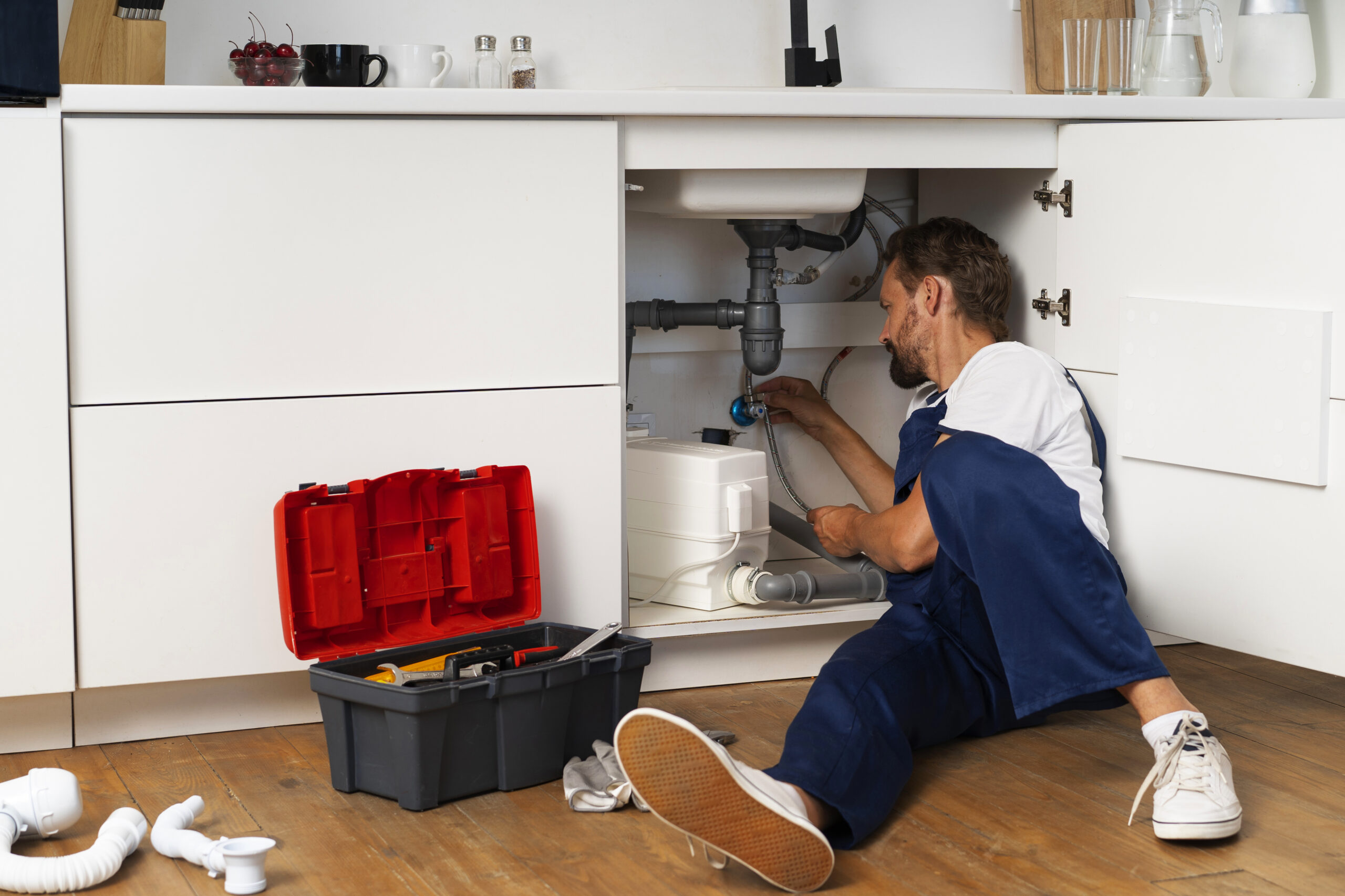The main difference between tankless and traditional water heaters lies in how they store and heat water. Here’s a breakdown of their key differences:
Heating Method
- Traditional Water Heater (Tank-Type)
- Storage: Holds a large tank of hot water (typically between 30 to 80 gallons).
- Heating: Continuously heats the water in the tank to keep it ready for use. The heating element is usually turned on and off to maintain the desired temperature.
- Tankless Water Heater (On-Demand)
- Storage: Does not store hot water. Instead, it heats water on demand as it flows through the unit.
- Heating: Uses electrical elements or gas burners to heat water instantaneously when a hot water tap is turned on.
Energy Efficiency
- Traditional Water Heater
- Energy Use: Generally less efficient because it continuously heats and maintains a large volume of water, even when it’s not in use (standby heat loss).
- Costs: Often results in higher energy bills due to this standby heat loss.
- Tankless Water Heater
- Energy Use: More energy-efficient since it only heats water when needed. No standby heat loss.
- Costs: Typically has lower operating costs but can be more expensive to install initially.
Water Supply
- Traditional Water Heater
- Flow Rate: Limited by the size of the tank. Once the tank is depleted, you must wait for it to heat more water.
- Suitability: Better for homes with high and continuous hot water needs (e.g., multiple simultaneous showers).
- Tankless Water Heater
- Flow Rate: Provides hot water on demand, but flow rate is limited by the unit’s capacity. You might need multiple units for high demand.
- Suitability: Ideal for homes with moderate hot water needs or where space is a concern.
Installation and Size
- Traditional Water Heater
- Size: Larger and requires a dedicated space for the tank.
- Installation: Typically easier and less expensive to install compared to tankless models.
- Tankless Water Heater
- Size: Compact and can be installed in smaller or less conventional spaces.
- Installation: Often requires professional installation and may involve higher upfront costs.
Lifespan and Maintenance
- Traditional Water Heater
- Lifespan: Generally lasts 10-15 years.
- Maintenance: Requires periodic flushing to remove sediment buildup and regular maintenance of the anode rod.
- Tankless Water Heater
- Lifespan: Typically lasts 15-20 years.
- Maintenance: Requires regular descaling, especially in areas with hard water, and periodic checks to ensure optimal performance.
Initial Cost
- Traditional Water Heater
- Cost: Generally lower initial cost, both for the unit and installation.
- Tankless Water Heater
- Cost: Higher initial cost for the unit and installation, but potential long-term savings due to increased energy efficiency.
Summary
- Traditional Water Heater: Less expensive to install but less energy-efficient due to standby heat loss. Suitable for homes with high and consistent hot water needs.
- Tankless Water Heater: More energy-efficient with no standby heat loss, providing hot water on demand. Higher initial cost but potentially lower operating costs and space-saving benefits.
Choosing between a tankless and traditional water heater depends on your home’s hot water needs, space constraints, and budget considerations.


